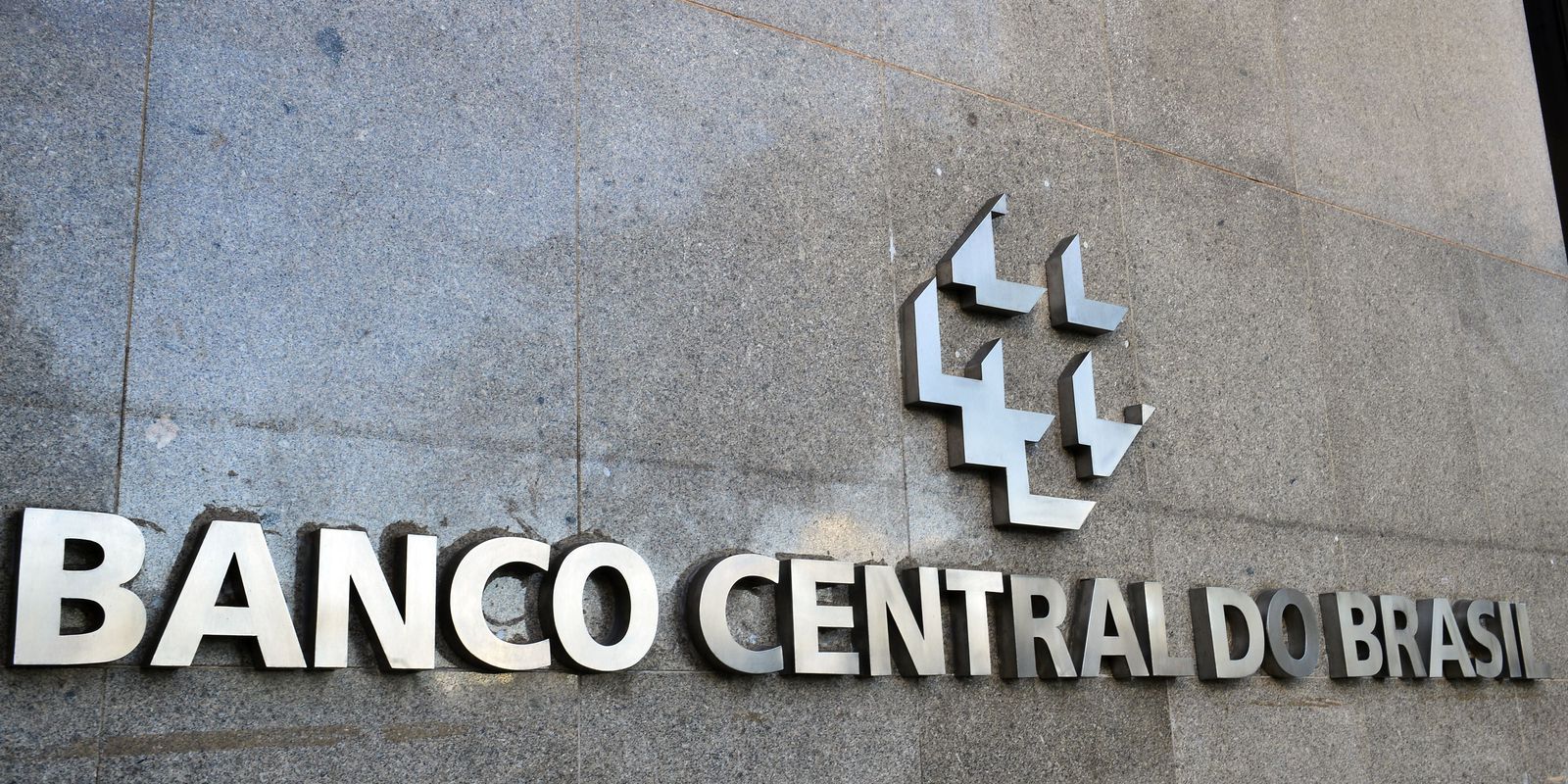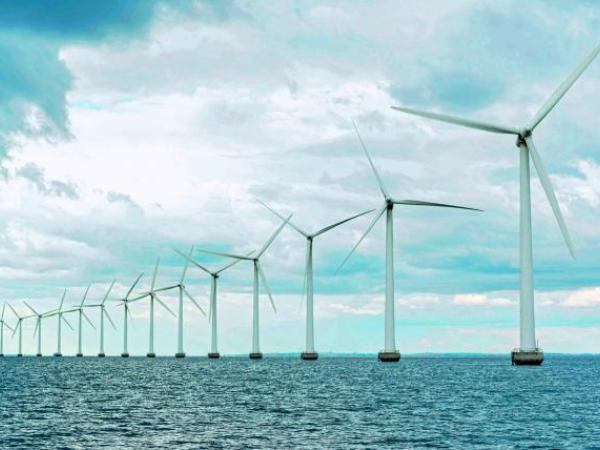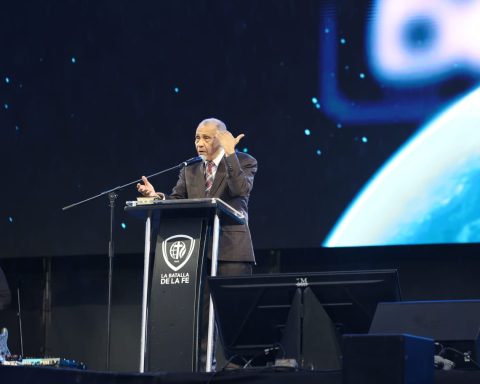The Monetary Policy Committee (Copom) of the Central Bank (BC) started today (3) one more meeting in which the Selic threshold will be defined. The new basic interest rate should be announced tomorrow (4).
In the minutes of the previous meeting, the BC signaled that it should increase again, for the 11thThe consecutive time, the Selic. The current bullish cycle began in March 2021. The current rate is 11.75% per year and should rise by 1 percentage point at this meeting, according to financial market forecasts.
in the last bulletin focusin which the BC measures the expectations of the financial market, the projection is that the base rate will end 2022 at 13.25% per year.
Market estimates for inflation, however, have been rising for at least 16 weeks.
Last month, the president of BC, Roberto Campos Neto, indicated that the interest rate future in Brazil will depend on the extent of the effects of the war between Russia and Ukraine and other possible shocks to inflation.
The high expectation accompanies the increase in prices. In March, the Broad Consumer Price Index (IPCA), which measures the official inflation, was 1.62%, the highest rate for the month since the beginning of the Real Plan, in 1994. In 12 months, the accumulated reached 11.30%, almost double the ceiling of the Central Bank’s target, which is end the year with inflation of 3.5%, with a tolerance of plus or minus 1.5 percentage points. ( https://agenciabrasil.ebc.com.br/economia/noticia/2022-04/inflacao-oficial-sobe-para-162-em-marco )
The Selic rate (Special Settlement and Custody System) serves as a parameter for how much the government pays to borrow money through the issuance of government bonds.
Monetary policy also has an effect on the exchange rate. In theory, increases in the Selic rate tend to attract foreign investment in Brazilian public bonds, whose profitability increases, which ends up pressing the dollar down against the real.
Events in other countries, however, have the power to mitigate this effect. In this to haveOn Tuesday (3), for example, the Federal Reserve Bank (FED), the central bank of the United States, also begins to discuss interest rates for US bonds. An expected new high there has the potential to attract capital flows that would go to other countries.


















